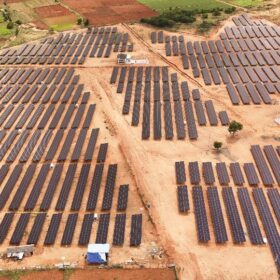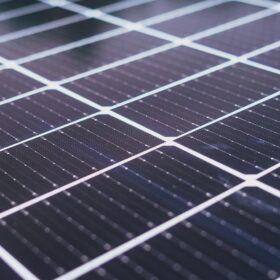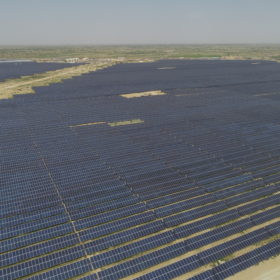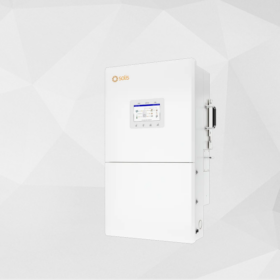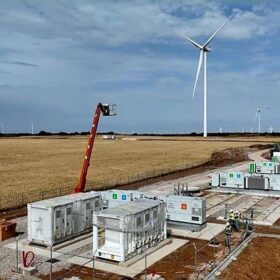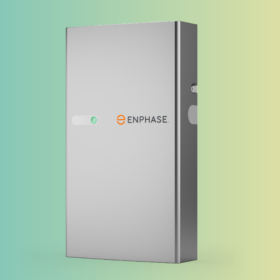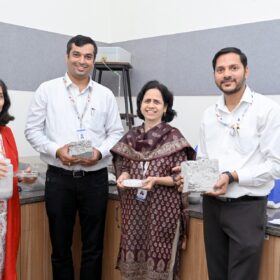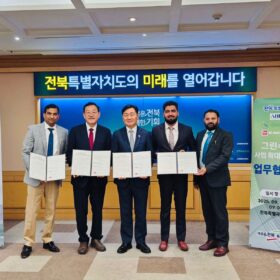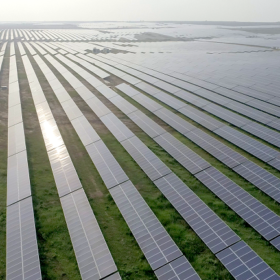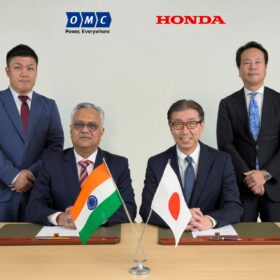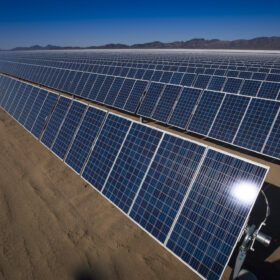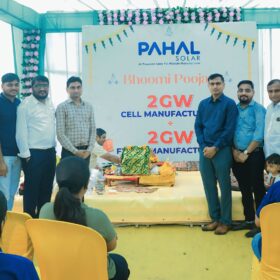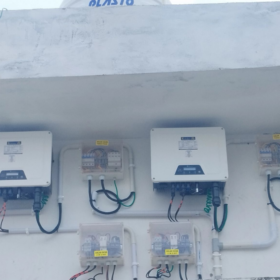Loom Solar announces strategic expansion into utility-scale solar plus battery storage projects
Loom Solar has unveiled its strategy to expand into the deployment of large-scale solar power plants, supported by battery energy storage systems (BESS) to ensure grid stability.
Ceigall secures 147 MW AC solar project from MSEDCL
Ceigall India has received a Letter of Award (LoA) from Maharashtra State Electricity Distribution Co. Ltd. (MSEDCL) for the development of a 147 MW (AC) grid-connected solar power project under the Mukhyamantri Saur Krushi Vahini Yojana 2.0 Scheme.
ACME Solar Holdings upgraded to CRISIL AA-/Stable rating
CRISIL Ratings has upgraded its rating on ACME Solar’s non-fund-based long-term bank facilities of INR 1,000 crore to ‘AA-/Stable’ from ‘A+/Positive’.
Solis launches 16 kW residential and 60 kW commercial hybrid inverters
Ginlong Solis released two new hybrid string inverters that range from 9.6 kW to 16 kW for the residential market, and from 30 kW to 60 kW for the commercial market.
Spain’s solar capacity to hit 152.8 GW by 2035, says GlobalData
GlobalData projects Spain’s renewables to reach 218.1 GW by 2035, while solar will drive growth with 152.8 GW of capacity.
Enphase launches AC-coupled battery for residential and small commercial solar
Enphase Energy’s IQ Battery 5P with FlexPhase supports both single-phase and three-phase applications, addressing the needs of India’s growing residential and small commercial solar markets
New research confirms rooftop PV affects urban temperatures, cooling demand
Using Lyon as a case study, an international research team has simulated the effects of rooftop photovoltaic (PV) coverage in an urban area at three levels: 25%, 60%, and 100%. The results have shown that solar panels can raise daytime temperatures by up to 0.72 °C, while cooling nighttime temperatures by up to 0.42 °C. In addition, daytime air conditioning demand has decreased by about 5%.
MIT-WPU researchers develop scalable solar PV waste recycling process
Researchers at MIT World Peace University (MIT-WPU) have developed an innovative process that not only enables recovery of valuable materials from end-of-life solar panels but also upcycles non-recoverable fractions into construction materials such as bricks, blocks, and aggregates. This dual approach prevents hazardous waste from entering landfills while reducing dependence on virgin raw materials.
The Hydrogen Stream: KP Group signs MoU with Korea’s Jeonbuk province, AHES, and GH2 Solar
KP Group has signed a Memorandum of Understanding (MoU) with South Korea’s Jeonbuk State, South Korea’s AHES Co., Ltd., and GH2 Solar to collaborate on the large-scale deployment of electrolysis-based green hydrogen solutions.
New study reveals 3,343 GWp deployable ground-mounted solar potential in India
India has an estimated 3,343 GWp of deployable ground-mounted solar PV potential (DC capacity), significantly higher than the 2014 total estimate of approximately 748.98 GWp, according to a new comprehensive study by the National Institute of Solar Energy (NISE). This updated figure is based on an analysis of 27,571 km² of technically feasible land — about 6.69% of the country’s total identified wasteland area (412,458.37 km²).
